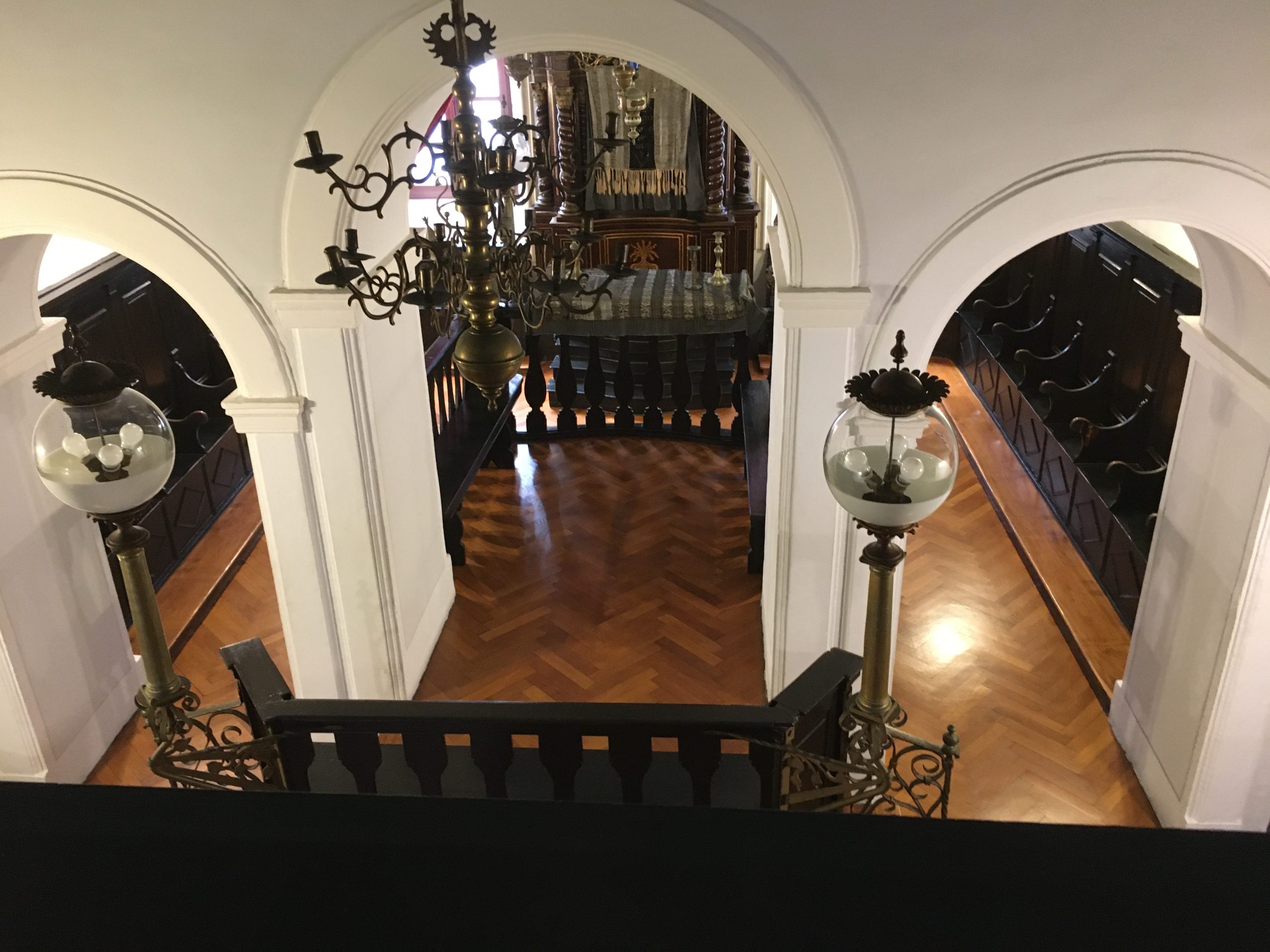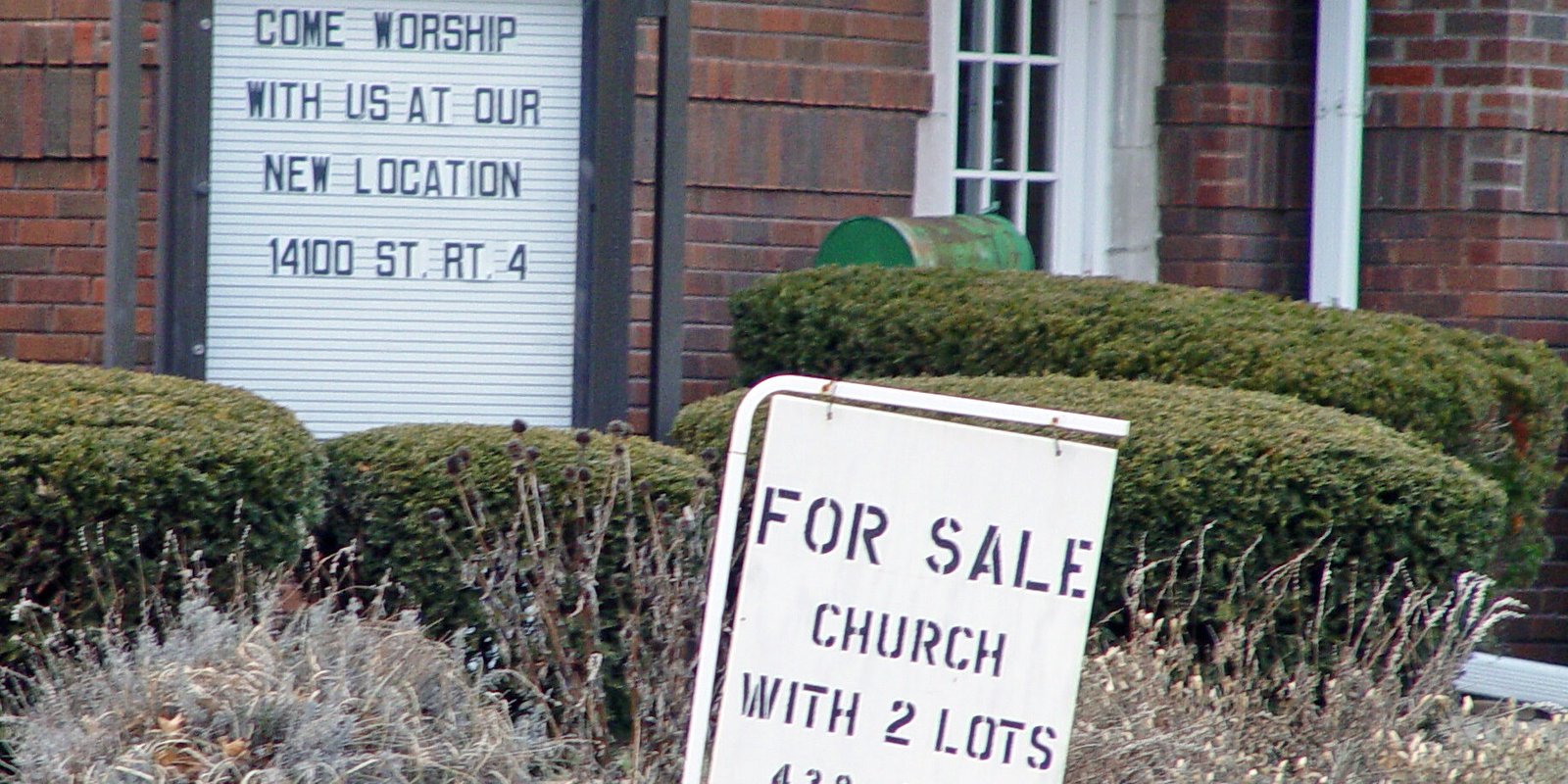Nobody really knows how many there are or how much all that real estate is worth, but the buildings owned by religious congregations are a formidable physical presence in virtually every American community. Elsewhere in the world, they are no less present – from grand cathedrals and temples to humble shrines and improvised shelters. People of faith build physical places in which to gather. The National Congregations Study reports that nearly 90% of US congregations meet in buildings they (or their denomination) own.
But then they have to maintain them, adapt them as circumstances and religious practices change, and figure out what to do with them when they are simply no longer serving their original purpose.
Assessing The Places We Gather
There are many questions any congregation might be asking about the place where they meet, so let’s think through some of them, keeping in mind both the congregation itself and its presence in the larger community.
We can start with the theology and culture of the congregation. What does this group feel called to do in the world? What ways of worshiping and being together express your identity? Which material objects are especially valued? And what sort of obligation to the larger world is implied in your theology? Then you can ask how those things are facilitated – or hindered – by the physical space you occupy.
That assessment of your place in the wider world will be better informed if you take a good look at your place in the ecology of other organizations in the community. That can be accompanied by a clear-eyed assessment of your own resources and your ability to mobilize the resources and energies of others.
And all of these questions will need to be asked with an eye toward the processes of official authority and unofficial decision making that characterize your congregation’s ways of doing things.
The toolkit on this website can help you think about ways you might approach these assessments.
“They have to maintain them, adapt them as circumstances and religious practices change, and figure out what to do with them when they are simply no longer serving their original purpose.”
Transforming the Buildings
And excellent example of this work comes from San Antonio Mennonite Church. They were able to transform an old building into a place of beauty, worship, and community service, but the process began with learning to tell the congregation’s story – knowing their own history and culture. With training from Partners for Sacred Places, they identified the particular gifts they had to offer the community, and they slowly raised the money they needed to make sure their building could support their goals.
As church leader Mitzi Moore recounted, they began to get to know the other organizations that might share their goals. As they learned their own and others’ strengths and passions, they found their niche in providing long-term care for immigrant women. And they were also able to provide emergency shelter when hundreds of immigrant detainees were suddenly released with no place to go.
The resources for all of this have come both from the members, from volunteer energies, and from multiple external grants, as well as the rent they are now able to generate by capitalizing on their space.
This congregation, of course, is not alone in facing formidable renovation and maintenance costs. And they are not alone in finding help from beyond the pockets of their own members. As Religion News Service recently reported, On MLK Day 2024, the National Trust for Historic Preservation announced the second round of Preserving Black Churches grants from its African American Cultural Heritage Action Fund. Thirty-one Black churches received a total of $4 million dollars to help them preserve their cultural heritage and continue to serve the community.
But sometimes the potential benefits from preserving and maintaining a building don’t outweigh the costs. Deciding to leave a building behind is no less a matter of careful deliberation than the decisions to adapt and preserve. An exceptionally thoughtful process was undertaken by First Baptist Church in Needham, Massachusetts, resulting in the members merging with another nearby Baptist church and working with various community and religious groups to make sure their historic building can remain as an anchor in the center of Needham.
While there are many examples of repurposed religious buildings – everything from condos and community centers to art galleries and restaurants – other buildings are simply sold and demolished. Whatever their future, religious buildings remain central to a community’s built environment. And the congregations that inhabit them must have ongoing conversations about how best to use them.



